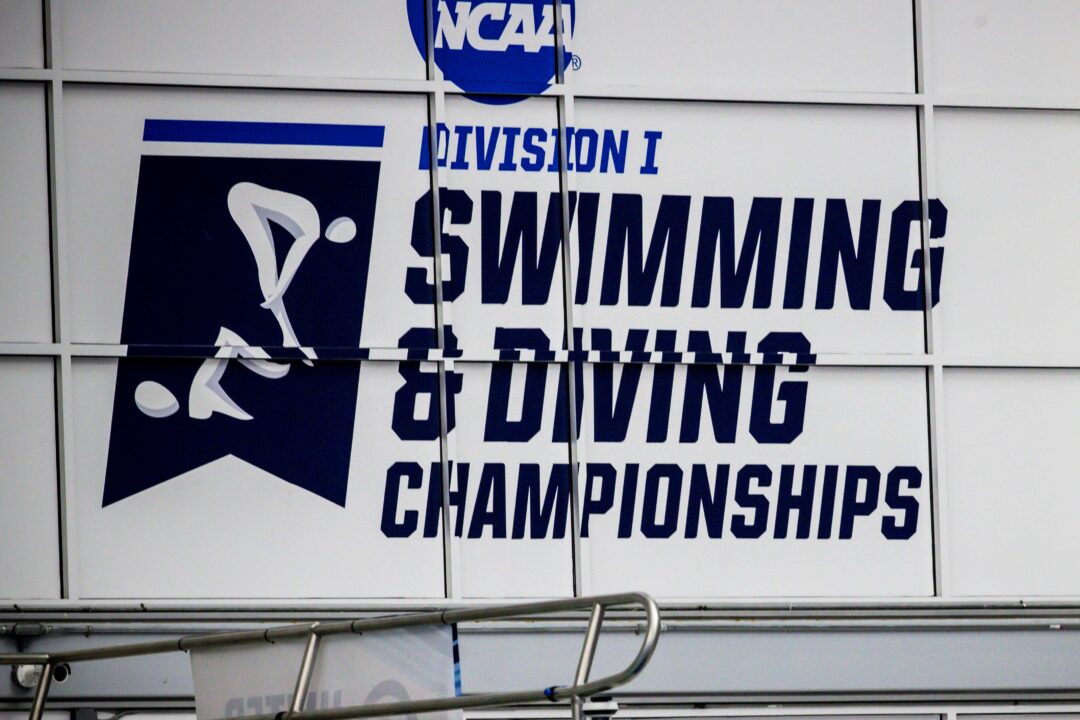At its meeting in April, the NCAA Division I Swimming and Diving Committee agreed that adjustments would be made to the NCAA ‘B’ standards from the 2022 standards. You’ve likely already seen the 2023 NCAA qualifying times, but if you’ve ever wondered how those times are established, we break it down for you in this post.
The ‘B’ standards are set by using a three-year average of the 125th best time on the performance list in each event. In the event that the 2022 ‘B’ standard is faster than the projected 2023 standard using this formula, the 2022 standard will stay in place. In other words, the standards can’t get slower from one year to the next. The women’s 200 free, 500 free, 1650 free, 200 fly, and 400 IM, as well as the men’s 1650 free remained at the 2022 standards for that reason.
The NCAA ‘B’ standards will be reviewed annually with this procedure, according to the committee.
At its meeting in April, the committee chose to make no changes to the process for determining NCAA ‘A’ time standards. Those standards are set by taking the average of the eighth best time on the performance list over the past three years. As is the case with the ‘B’ cuts, the ‘A’ cuts cannot get slower from one year to the next. Due to that, the women’s 50 free, 100 free, 500 free, 1650 free, 100 fly, 200 back, 200 IM, and 400 IM, as well as the men’s 1650 free, 200 back, and 400 IM have stayed at the 2022 standards.
There were no changes to the procedure for setting NCAA relay qualifying standards. Relay standards are set using the three-year average of the 16th and 24th best time on the championship finals performance lists. The 16th best time is used to set the “Qualifying Standard,” while the 24th best time sets the “Provisional Standard.” The women’s 200 free and 800 free relays have remained at the 2022 standards since they were faster than the projected standards using the formula.
The committee didn’t make any changes to the current qualifying standards for diving, however, they did approve the addition of five-dive qualifying standards for women’s 1-meter and 3-meter. This move will create the opportunity for zone qualifying at pre-approved national and international diving events.
